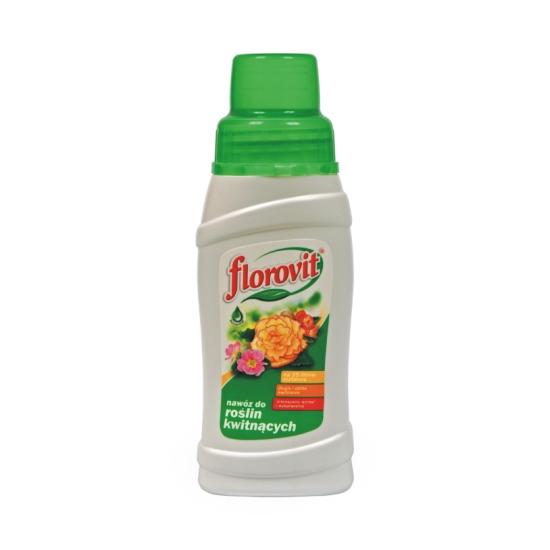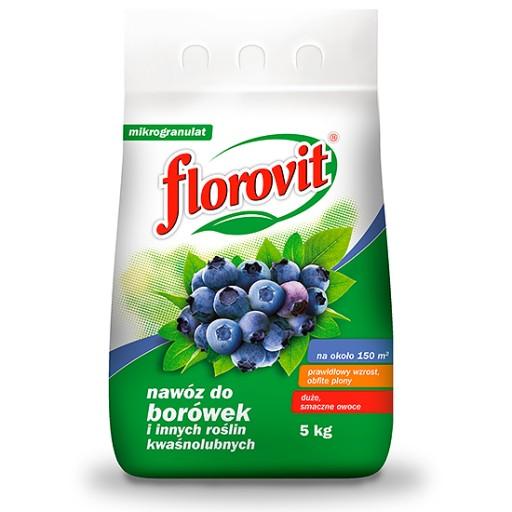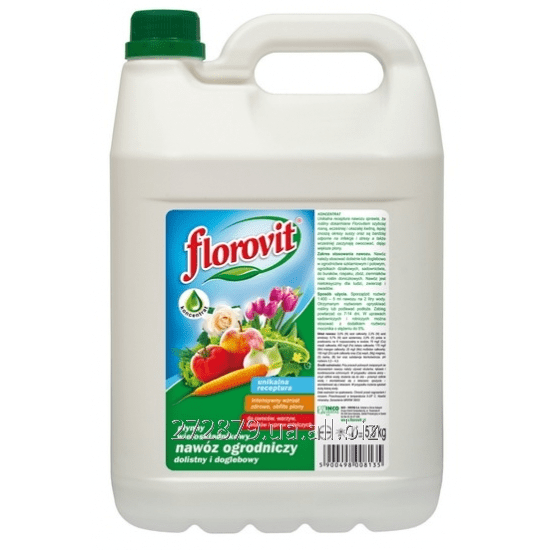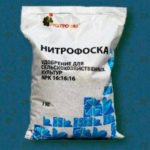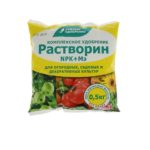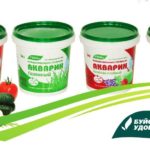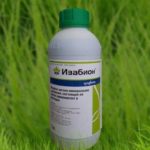One of the stages of caring for cultivated and ornamental plants is the application of fertilizers. Thanks to the nutritional components, it is possible not only to accelerate the growth and development of planted plants, but also to increase productivity. On sale there are universal preparations that are suitable for almost all crops, and products specially developed for a specific crop. Florovit has advantages that make it popular among gardeners.
Composition and release form
Top dressing from a Polish manufacturer, which is produced under the Florovit brand, is popular not only among owners of small plots and flower growers, but also among farmers. Fertilizers were created taking into account the needs of each crop, and therefore are characterized by high efficiency.
Depending on the variety, the preparations differ in the components in their composition and their concentration, but each chemical contains a basic set of macro- and microelements necessary for each crop. These are substances such as manganese, nitrogen, potassium, molybdenum, iron, sulfur and zinc. At the same time, the preparations do not contain harmful compounds that, if they enter the human body, can lead to health problems.
The fertilizer comes on sale in the form of water-soluble granules and a liquid solution for foliar feeding.
For which plants?
Fertilizers in the Florovit line are designed for foliar and root feeding of fruit, vegetable and ornamental crops, as well as indoor flowers. Since after treatment a film is formed on the surface of the leaves, from which the nutritional components quickly penetrate into the tissues, the first option is considered more effective.
There are several varieties of the drug on sale:
- Lime. Used to reduce soil acidity. The main substance in the composition is calcium.
- For acid-loving crops. Some plants, on the contrary, love an acidic environment and, in order to create comfortable growing conditions for them, use this variety of “Florovita”.
- For coniferous plants. After using the fertilizer, the crops become lush and attractive, and the needles remain richly green even in winter.
- For grapes.It is applied as part of soil preparation for planting young plants. Also used for adult plants throughout the active growing season.
- For garden and indoor flowers. After feeding, the bushes begin to grow shoots more intensively, and the flower petals acquire a rich shade.
- For strawberries. Fertilizer prevents leaf chlorosis and improves berry quality. It is used both for open ground and for film greenhouses.
- Universal. This variety is used to feed any perennial plants and to improve the composition of the soil.
Gardeners who have tested the working qualities of the drug in practice have identified several advantages of the fertilizer:
- the development of the root system of plants is stimulated, as a result of which seedlings quickly take root in a new place;
- the fertilizer can be used in tank mixtures with other chemicals;
- fertilizing is environmentally friendly and does not harm beneficial microorganisms in the soil.
Instructions for using Florovit fertilizer
The manufacturer's instructions indicate the dosage of fertilizer for different plants and the rules for using the drug. They are presented in the table:
| Culture | Fertilizer consumption | Frequency and application features |
| Grape | · when preparing beds - 100 grams per square meter;
· as a plant feed - 45 grams per crop (from the second year - 65 grams). |
In the first year after planting the seedlings, the drug is applied twice, before flowering begins. |
| Strawberries and wild strawberries | · the first year after planting the bushes - 500 grams per 10 square meters. meters;
· second year - 250 grams for the same area. |
Starting from the second year, the fertilizer rate is divided in half and one part is applied in the spring, and the second after harvesting. |
| Blueberry | · first year - 60 grams per square meter;
· second year - 95 grams. |
The recommended rate is divided into three parts, the first feeding is done in early spring, the next - at intervals of a month. The granules are scattered around the bushes and raked into the ground. After this, the crop must be irrigated. |
| Indoor flowers | · orchids - 6 ml per 1 liter of water;
· succulents - 10 ml per liter of water; Pelargonium - 10 ml per liter of water. |
· once a week, starting in April and ending with the last days of September;
· water with fertilizer once every three weeks, for the dormant period it is reduced to once every two months; · twice a week, starting from mid-spring and ending with the last days of September. |
| Conifers | From 4 to 16 grams per crop, depending on its age. | Fertilize three times per season, starting in April, every two months. |
Security measures
"Florovit" belongs to the 3rd toxicity class, that is, moderately hazardous substances. When working with it, use standard protective equipment - overalls, gloves, mask. After completing all work with the chemical, it is recommended to wash and take a shower. If the working solution accidentally comes into contact with the skin or eyes, rinse them with water. If burning or irritation occurs, contact a medical facility.
What is compatible with
The manufacturer's instructions indicate that all types of fertilizer can be used with plant protection products.
Before use, it is recommended to do a chemical compatibility test; if sediment or flakes appear, discard the tank mixture.
How to store it correctly?
Despite the fact that the chemical does not pose a particular danger to humans and animals, it is recommended to store it in separate outbuildings.It is important that the room is dry and not exposed to sunlight. The temperature should not exceed 30 degrees. The expiration date is not indicated in the instructions.
Analogs
The cost of all varieties of Florovit is quite high, so if a gardener cannot afford such a drug, it is worth paying attention to domestic analogues. True, it will not be possible to buy chemicals with the same composition, so a complex fertilizer is selected depending on the crops growing on the site and the composition of the soil.

